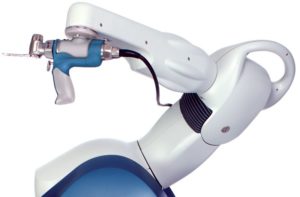Mako Joint Replacement
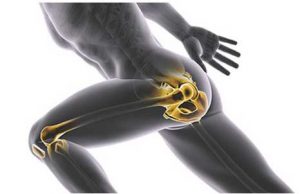
Our joint replacement solutions offer market-leading implants for the hip, knee, ankle, and shoulder with Mako Robotic-Arm Assisted Technology.
The Mako System offers three unique steps: enhanced planning, dynamic joint balancing, and robotic-arm assisted bone preparation. In the Partial Knee and Total Hip applications, this system has been shown to facilitate more accurate positioning to plan and has shown enhanced patient reported outcomes.
The Mako Total Knee application was designed based on the clinically successful Mako Partial Knee and Total Hip applications with the goal of minimizing surgical complications by enabling surgeons to have a more predictable surgical experience. In a laboratory study, Mako Total Knee Technology demonstrated accurate placement of implants to a personalized surgical plan as well as soft tissue protection around the ligaments of the knee. As early clinical outcomes are being generated, patients receiving a TKA with the Mako System, have shown reduced pain and increased satisfaction when compared to a manual cohort at six months.
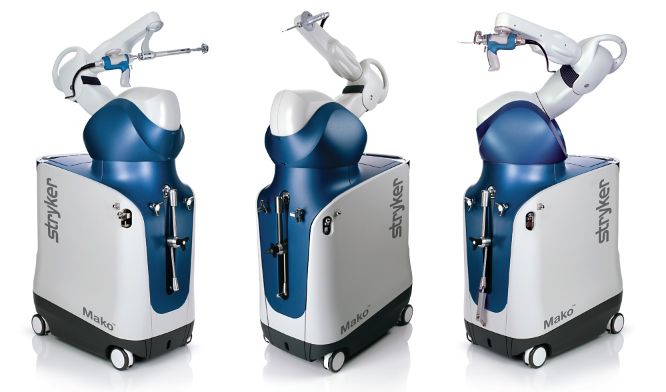
Mako Robotic-Arm Assisted Surgery
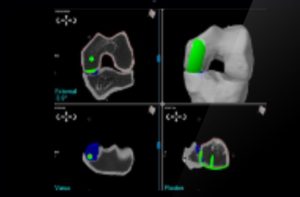
Enhanced planning
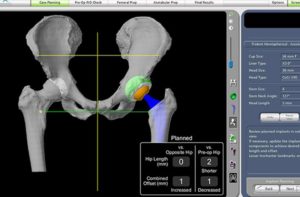
Dynamic joint balancing
You can review the pre-op plan and can modify it if necessary based on the intra-operative data to virtually balance the joint and achieve individualized placement.
